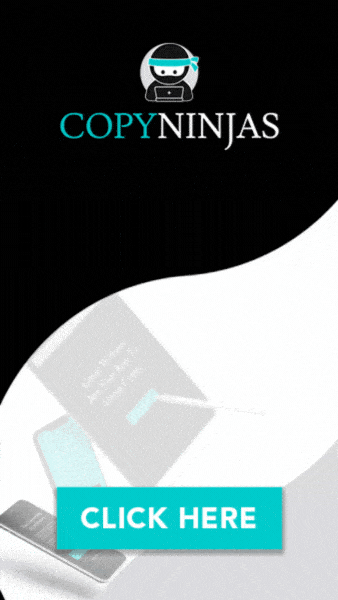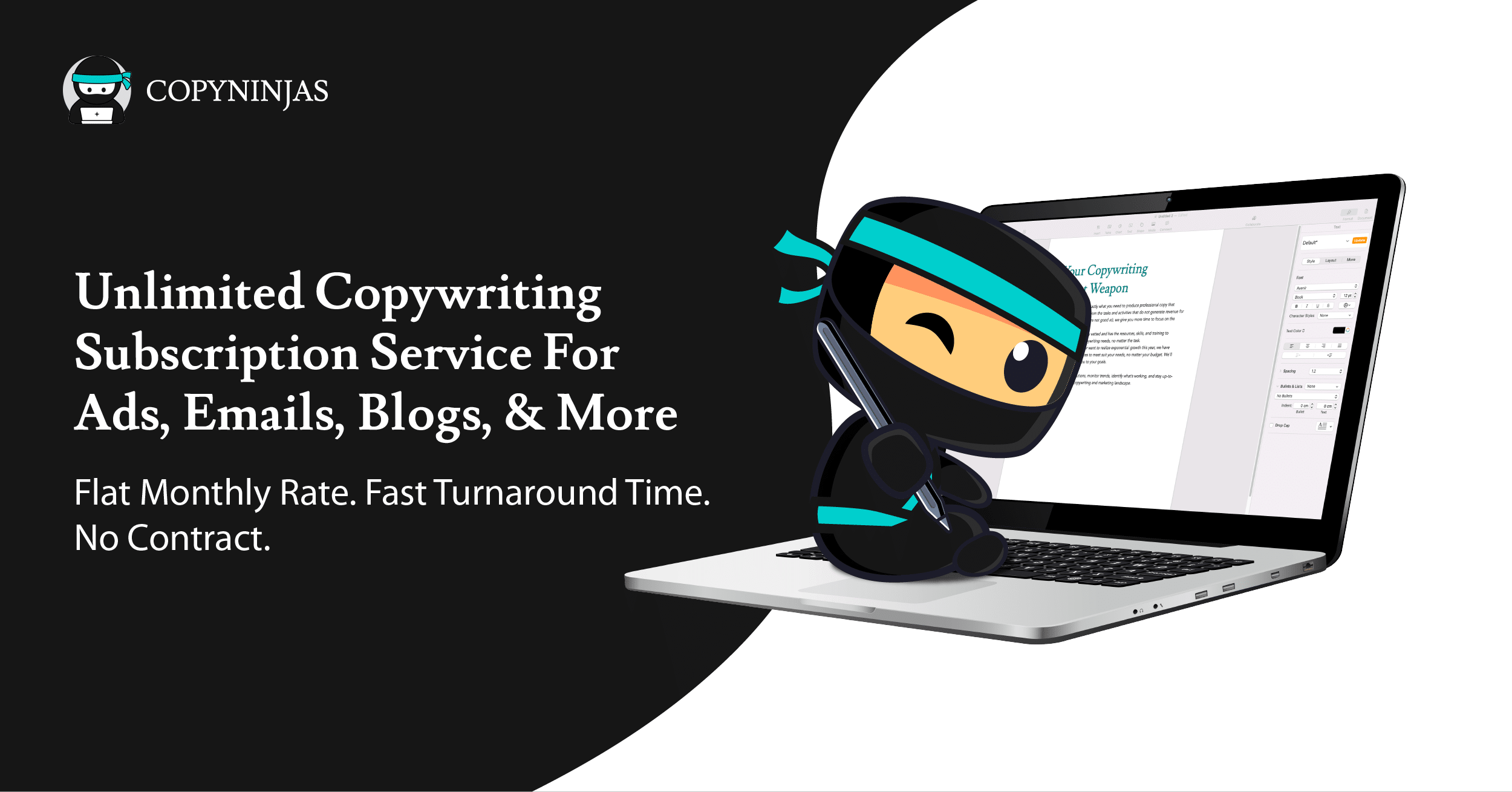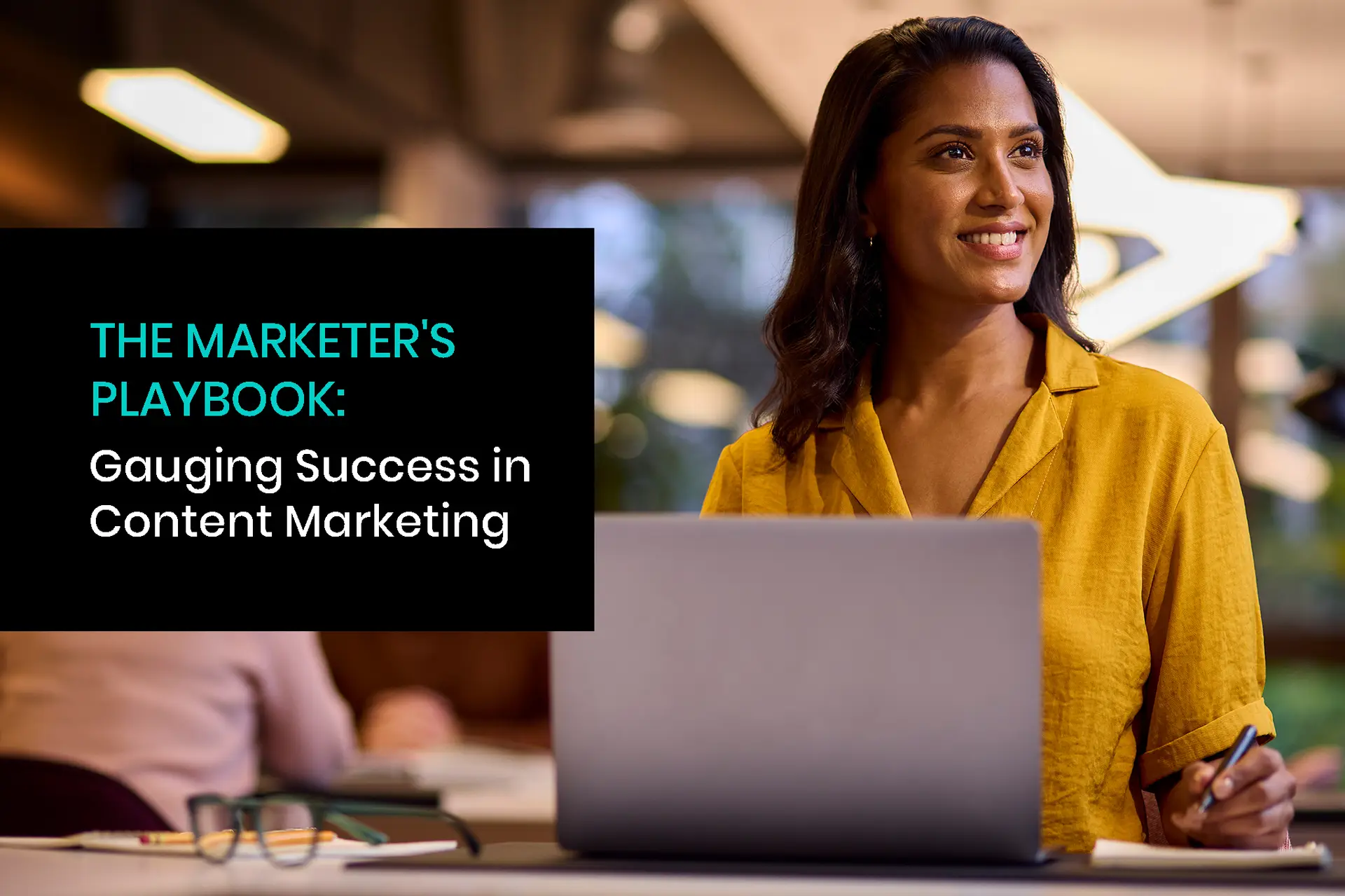If you’re like most people, you’re probably feeling overwhelmed by the amount of content available right now. You have difficulty distinguishing between what is and is not useful to your business. This is where a good content strategy comes into play. It assists you in defining your brand’s identity, goals, and how to achieve them through digital marketing efforts. Even if you know all of this, it can be difficult to put together a plan that works for your company’s needs. So, here are some things to consider before embarking on this journey:
You don’t have a defined copy type.
There are many types of content, and each performs a different function. This is why it’s important to have a defined strategy in place. Without one, you could be missing out on opportunities to engage customers and leave them with a lasting impression of your brand.
Every piece of content comes with its own purpose and target audience. For example, if you want to make an announcement about a new product or service, you’d probably use an email campaign instead of social media posts or blog posts.
You should also consider your tone when creating marketing copy for each piece of content. Do you want to be informative or entertaining? Depending on what kind of information you’re sharing, there are different ways you can convey it to your audience.
Your content is all over the place.
If you’re trying to build a sizable following, your blog posts should be cohesive, and they should feel like they’re part of a greater whole. Your social media posts should follow suit—if you’re posting about a different topic on every platform all the time, it’s going to be hard for people to understand what you do or what kind of content they can expect from you.
Additionally, if your content isn’t cohesive, it won’t have any kind of impact. People don’t want to keep track of dozens of pages on different sites that are all about different things; they want one place where they can go for everything they might need from you—and that means everything needs to be focused on a specific topic or audience.
You haven’t established a good workflow.
A good content strategy is one that helps you plan and execute the kind of content that meets your goals and serves your customers. But it’s hard to implement a good strategy if you don’t have a solid workflow in place.
The best way to think about this is to imagine your content strategy as a map: a visual representation of where you want to go and what your end goal is. Your workflow is like the vehicle that will get you there—the tool that will help you make sure all of the pieces fit together smoothly so that you can get from point A to point B without getting lost (or worse!).
Here are some questions you would want to address when creating a workflow for your team:
- Who will be involved in creating the content?
- Will it be just one person or many?
- What are their specific tasks?
- What kind of content do you want created?
- Is there a specific format that should be followed?
- What is the deadline for each piece of content?
- Do they need to go out at certain times during the day/week/month?
- Where will all this content live once it’s published online (or in print)?
- Can people access it easily through a website or app?
You haven’t defined your audience and their needs.
When you’re creating content, it’s easy to get caught up in the excitement of publishing something new. But if you don’t know who your audience is, you can’t create content that speaks to them—and that means they won’t engage with it.
That’s why we recommend starting with a persona or avatar for each of your target audiences. Once you have an idea of who they are and what they need from your brand, you can start to create content that really speaks to them—and makes them want to follow along!
Website Copywriting Tips
-
Use short sentences.
-
Break blocks of texts with subheadings or visuals (charts, graphs, photos, illustrations).
-
Use conversational tone.
-
Use bullet points.
-
The copy must be SEO-optimized.
-
Have a call-to-action at the end of your content pieces.
On Writing Email Copy
Email copy is often shorter and to the point, achieving one specific objective at a time. As mentioned earlier, it targets a more specific audience, whether to leads with whom you have most likely interacted with in some way or another, or a “cold list” who you are trying to convert to warm leads or even customers.
The most difficult aspect of email marketing is capturing your audience’s attention and convincing them to continue reading. An expert copywriter will employ all of his/her/their tricks, such as strong subject lines, bold fonts, emojis, memes, puns, questions, and so on. The key is not to go overboard. You want people to be able to read your content without being distracted by unnecessary frills.
You’re fighting against the dreaded Junk Mail box, so your email has to be written in a way that is engaging, targeted, and clear.
Email Copywriting Tips
-
Make use of humor. Adding a little levity to the mix can help to break up all those serious emails taking up space in our inboxes.
-
Create intriguing subject lines while being specific about what you will discuss in your email.
-
Keep it brief and to the point.
-
Maintain your conversational tone while not being too salesy, as this may be a turn-off.
-
Make a schedule so that you can send on a regular basis to keep your list engaged.
-
Make the email more personal by addressing the recipient by name in the salutation.
All About Purpose
So why do websites and emails require different types of copy? The answer is simple: because they serve different purposes.
Website copy is meant to help you make your website rank in search engines, get traffic, and convert visitors into customers (or at least keep them on the site). It’s a longer read that tries to establish authority by telling readers how great you are — so you can be sure they come back again and again.
Email copy, on the other hand, is designed to get people excited about an offer or product right away so they click through and take action right there on their mobile device or computer screen — which means that your email has got to work fast! It may also be designed to get them to read something or otherwise engage. You only have seconds before someone gets bored and moves on. You need a short message that appeals directly to their interests; something emotional like fear or excitement will work best here because these emotions tend not only attract attention but also make people act quickly (i.e., click!).
Which One to Use?
Each format has advantages and disadvantages, which is why we at Copy Ninjas believe you need both. A website is how you attract the attention of your target audience. You keep them with your email content. Ultimately, knowing your audience and what they want or need from you—and then crafting content accordingly—is the key.
But don’t worry if it all seems too much! You can always hire a professional writer to help you with this type of work.
That’s where we can help!
We are a group of click copywriters who create catchy headlines, killer e-commerce copy, unique blogs, ads, and emails, and so much more.
Get a tour of the Copy Ninjas and book your demo here.









